American servicemen and women around the globe don’t have to wait months for a letter from home; they are able to share their daily lives with friends and family via e-mail. Journalist Devin Friedman and the editors of GQ, recognizing that Operation Iraqi Freedom was our first “digital war,” collected thousands of personal photos, selected 256 of the very best, and put together a portfolio of military life in Iraq in 2006.
In his foreword to This Is Our War, General Wesley Clark writes, “The war can’t be found in Pentagon statistics, or clips on the nightly news, or even the quick flashes that we see, rarely, of the most horrid tragedy. No, the war is in these faces—and in the posture, the uniforms, the stark contrasts of order and disorder, light and darkness, joy and fear that endure on these pages.”
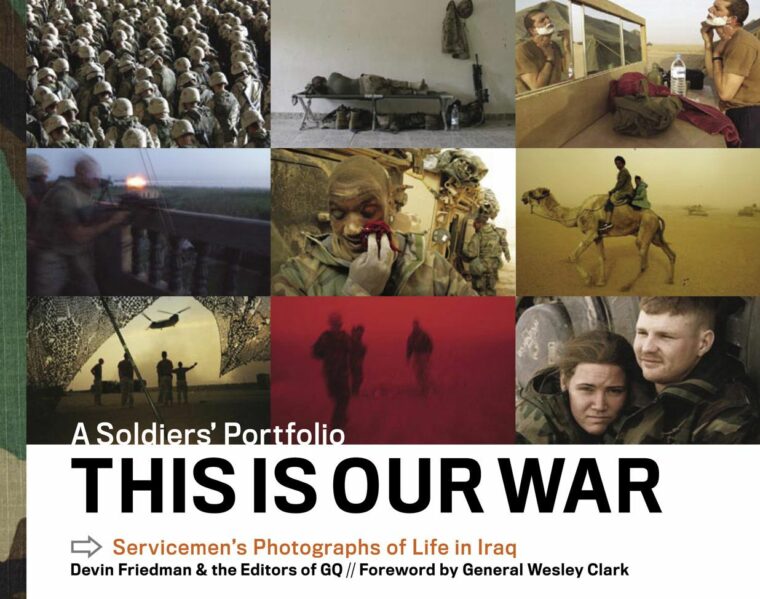
© 2006 by The Condé Nast Publications, Inc. Used by permission of Artisan, a division of Workman Publishing Co., Inc., New York, All Rights Reserved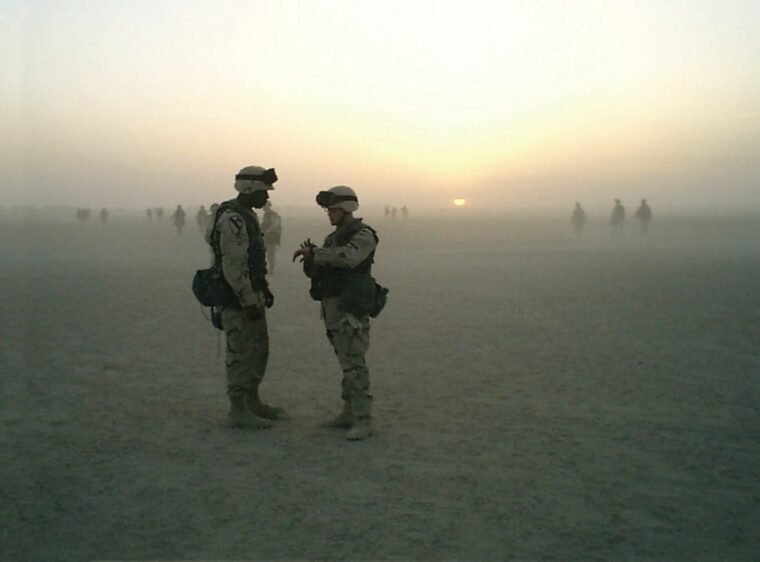
Captain Christopher L’Hereux, U.S. Army
Camp New Jersey, Kuwait
Members of the 1st Armored Division make the 1.5-kilometer trek from their sleeping quarters to their camp’s dining area as a sandstorm kicks up. This camp is a temporary stop: Soldiers will spend the next 10 days here preparing for the 42- hour drive north to Baghdad. “We came to Camp New Jersey from Germany, where there was still snow on the ground,” says the photographer. “Getting used to triple-digit temperatures in 40 pounds of body armor was draining. If you didn’t have water on you at all times, you were wrong.”
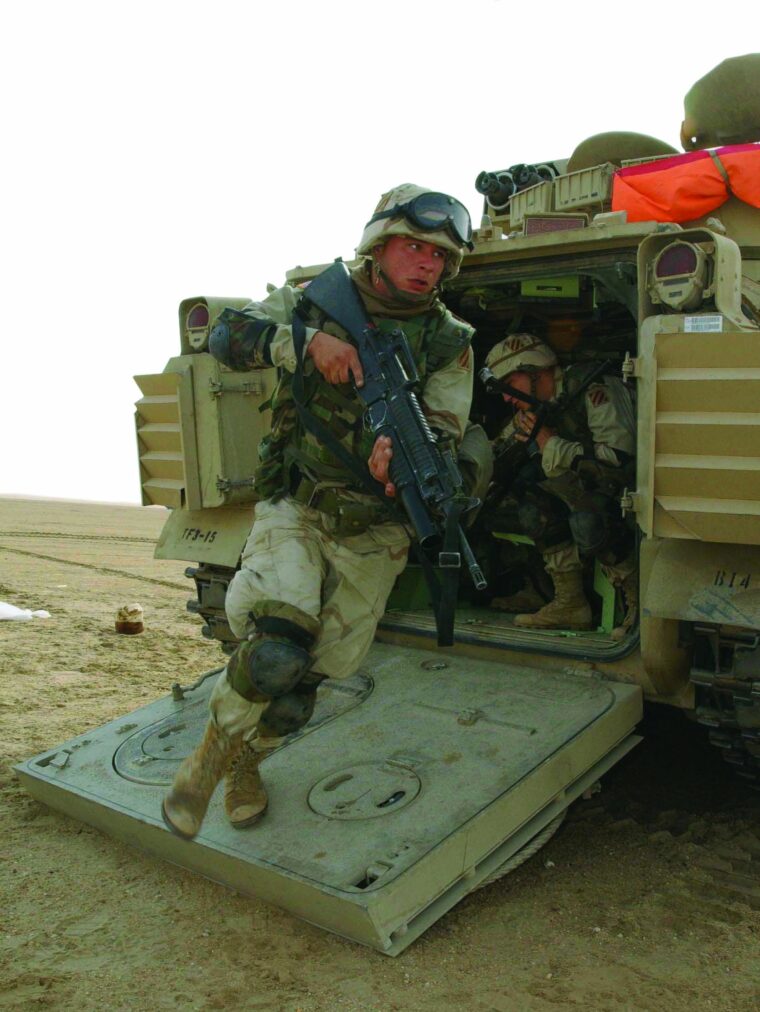
Sergeant First Class David K.
Dismukes, U.S. Army
Udairi Range, Kuwait
Private Second Class Christopher Nauman strides out of a Bradley fighting vehicle in Kuwait.
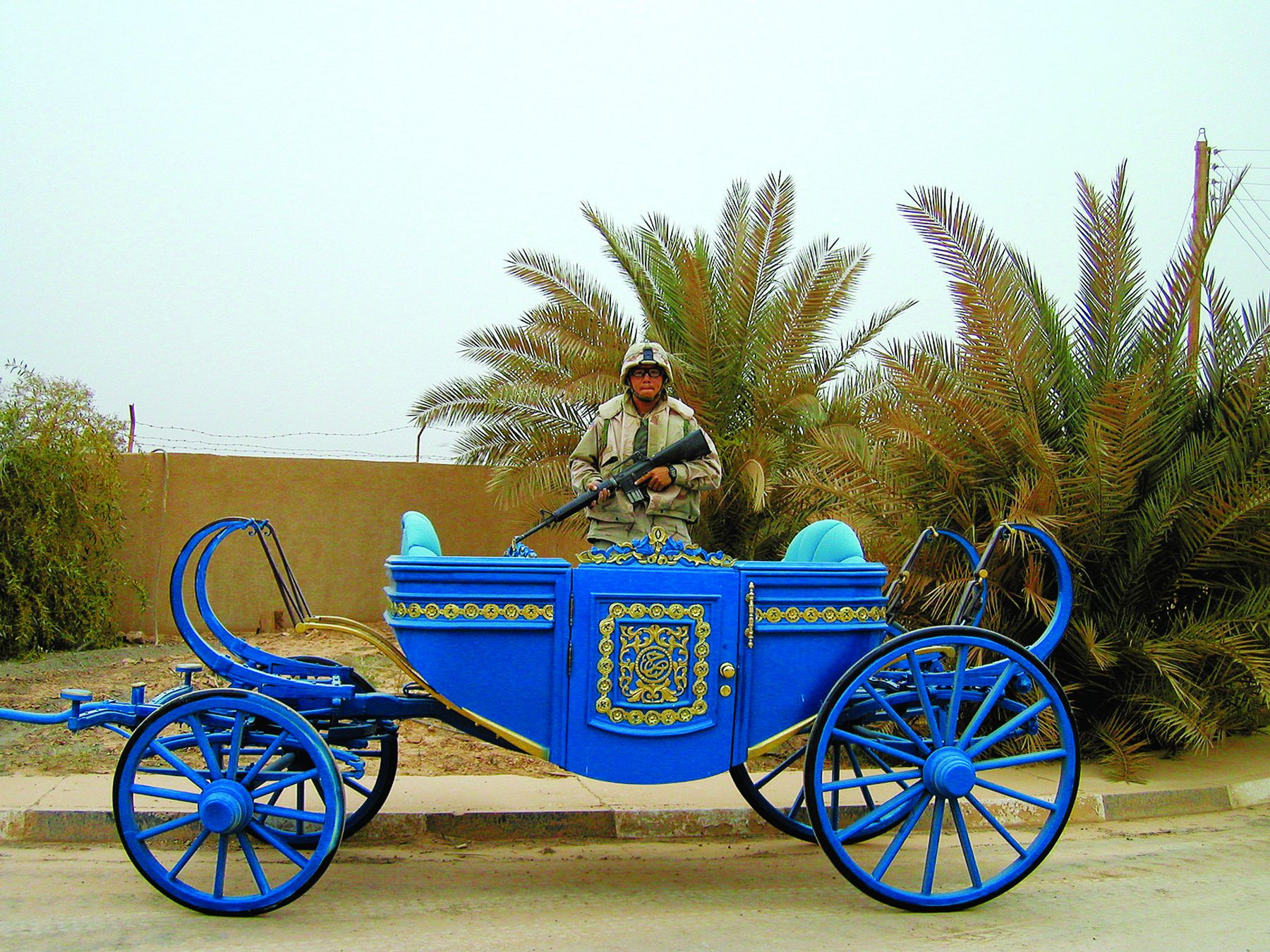
CHIEF WARRANT OFFICER BRENT McKINNEY, U.S. ARMY
Baghdad
This photographer was attached to the 3rd Infantry Division during its march from Kuwait to Baghdad. Upon arriving in the city, he took this photograph of a soldier in a carriage rumored to have been Saddam’s.
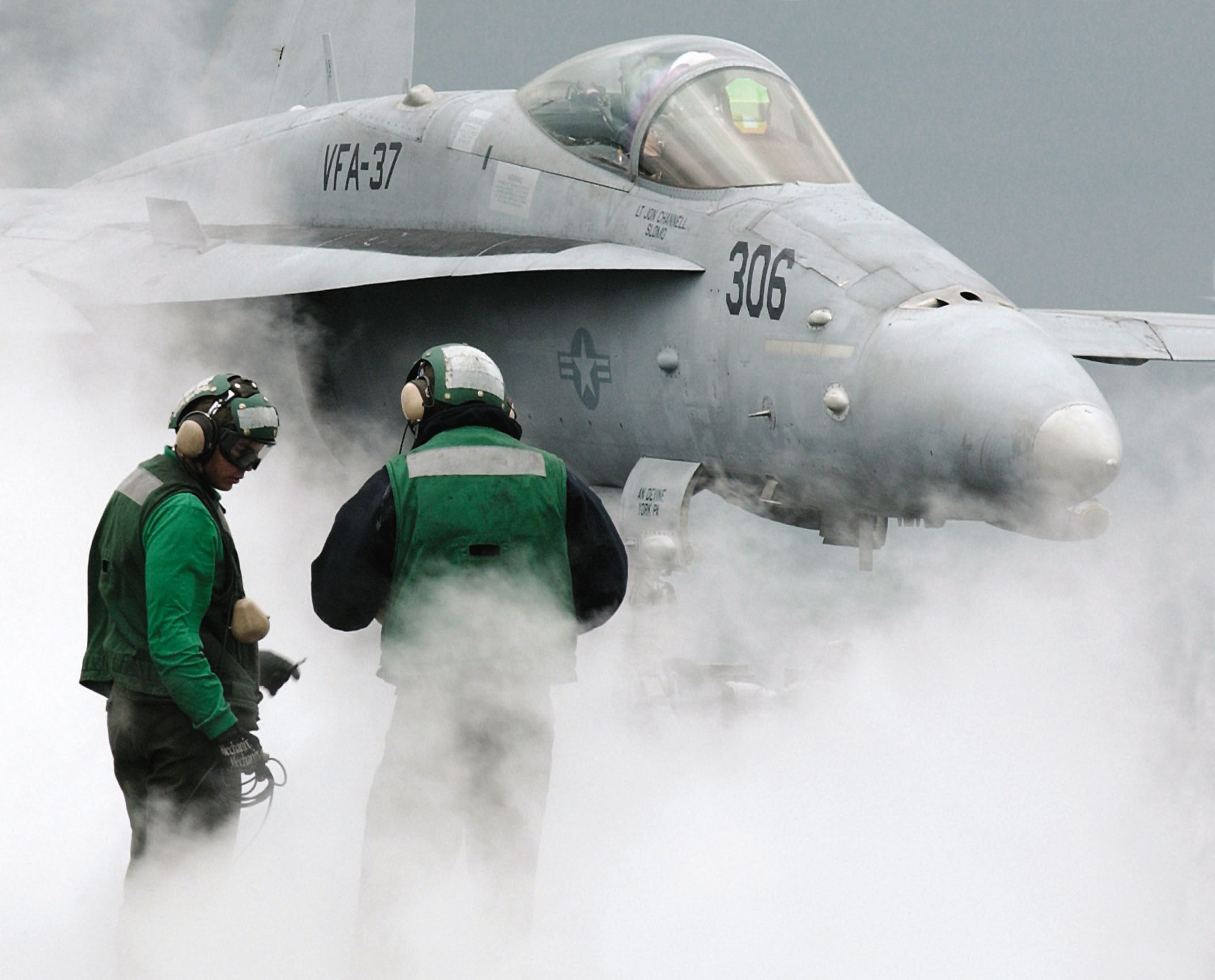
Petty Officer Third Class Kristopher Wilson, U.S. Navy
USS Harry S. Truman, Persian Gulf
“On the ground, they’re not that pretty,” says the photographer, describing life up close to jets like this F-18 Hornet waiting its turn on the carrier’s steam-powered launch catapult. “They leak. They don’t even look like they could run, because of all of the oil pans and stuff underneath them.” But in the air, he says, “the sleek lines, curves, everything—it’s ridiculously sexy.”
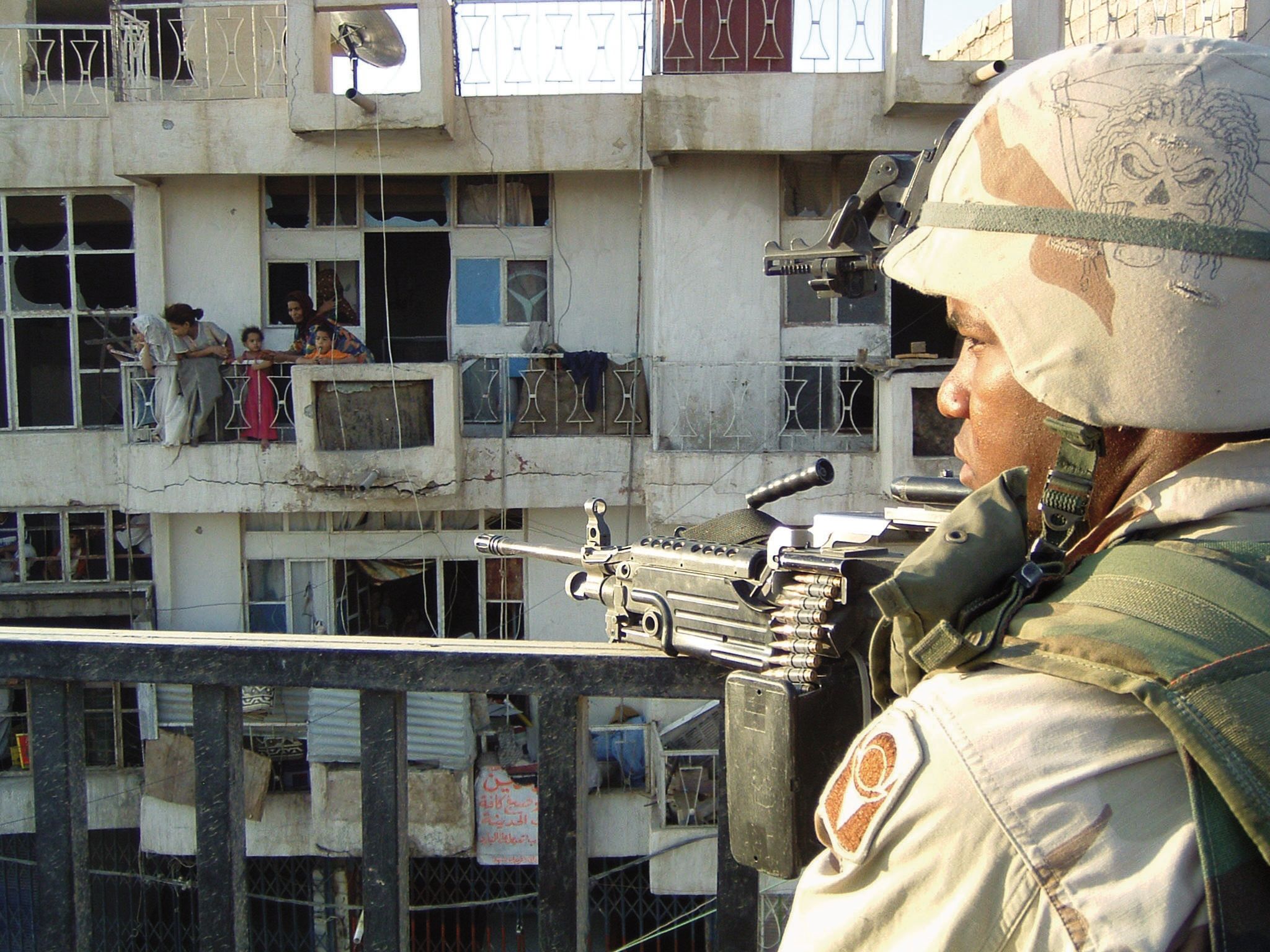
Specialist Edouard H.R. Gluck, U.S. Army
Ramadi
A member of Charlie Company, 1st Battalion, 124th Infantry keeps watch on an overpass in downtown Ramadi after an IED explosion. “If you look at the family on the balcony, you can see broken glass in the windows above them,” says the photographer. “That was from the IED blast.
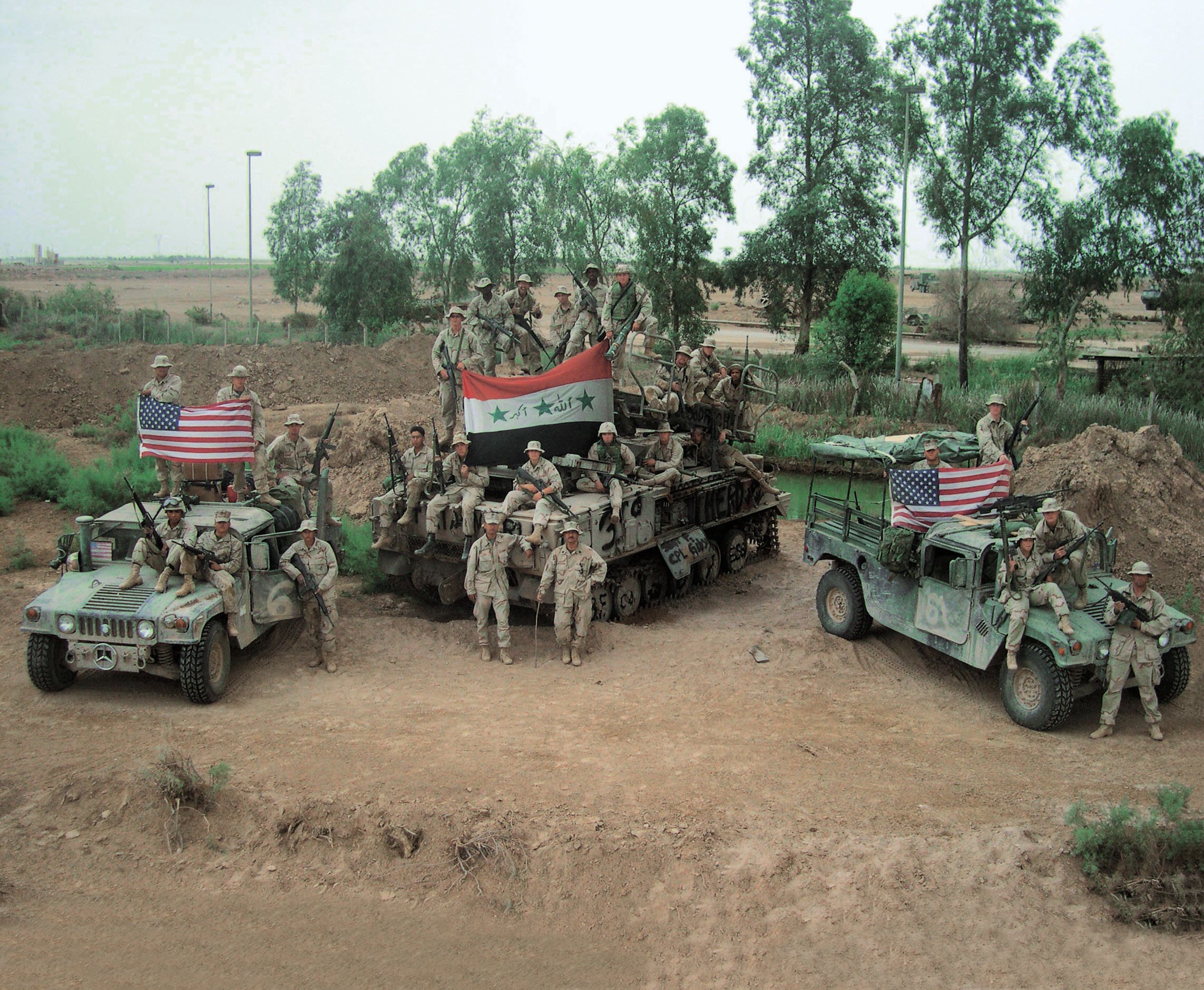
Members of the 7th Engineer Support Battalion pose around an Iraqi rocket launcher that they destroyed just a week earlier. Sergeant James Kimmerle, who contributed the photo, says, “You can see the spray-painting on it, where we all put our names. At the time, we thought we were leaving. It was right around the time Bush said the war was over. We were like, “Yeah, let’s go home! But it was actually a while before we left.”
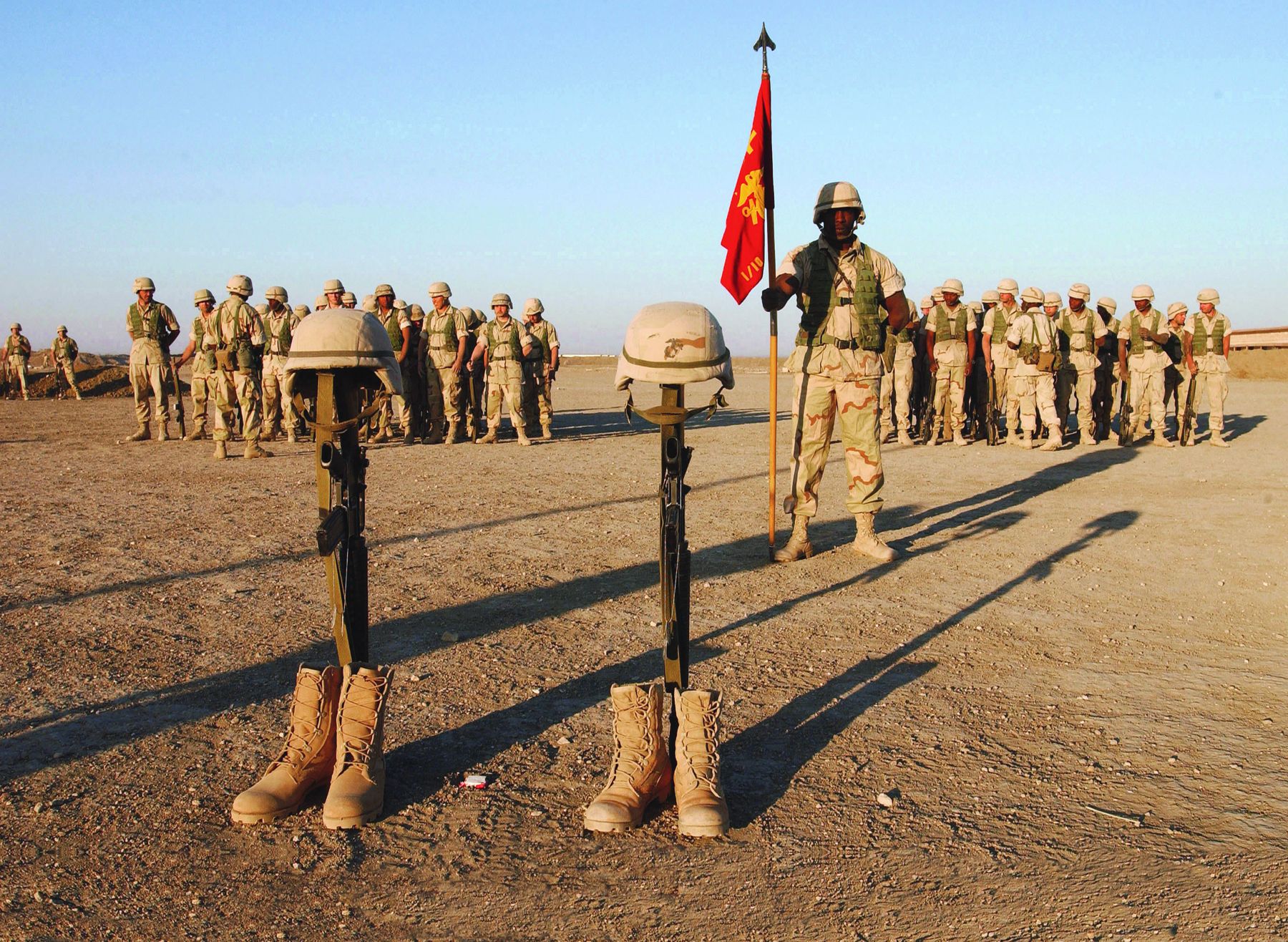
Petty Officer First Class Kevin H. Tierney, U.S. Navy
An Nasiriyah
Chief Warrant Officers Andrew T. Arnold and Robert W. Channell were killed by a rocket-propelled grenade near Al Kut. With only live rounds available during the field memorial service a few days later, the 21-gun salute was fired into the ground.
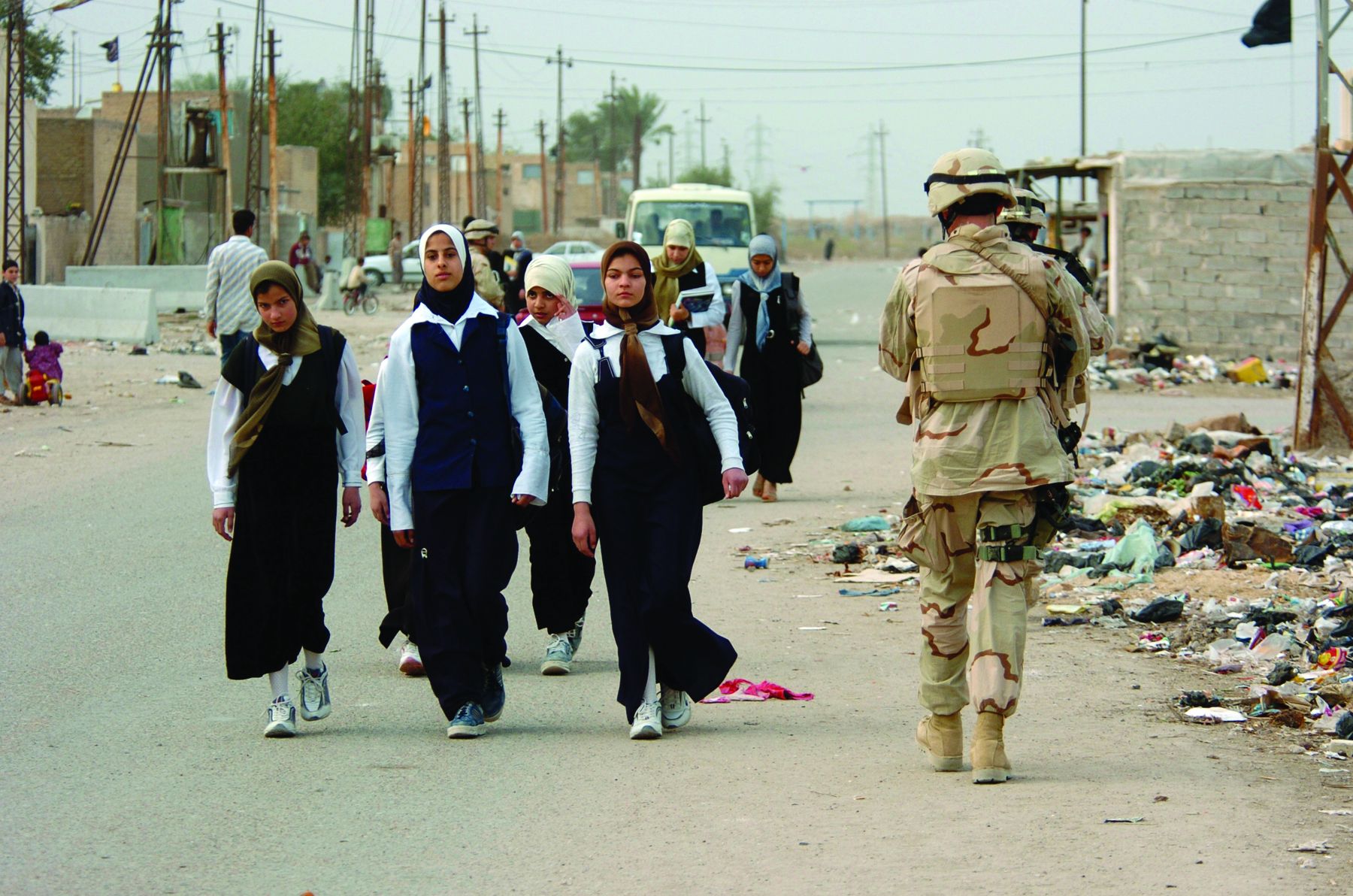
Petty Officer First Class Brien Aho, U.S. Navy
Iskandariyah
In Iraq, soldiers like this one from a Mississippi National Guard unit were told to be careful of local sensibilities regarding women and girls while they were out patrolling. “We didn’t approach them, we didn’t talk to them,” says the photographer. “We weren’t supposed to look at them.” And for their part, these girls seem to have the same idea. “We weren’t supposed to take many photographs of them either,” admits Aho.
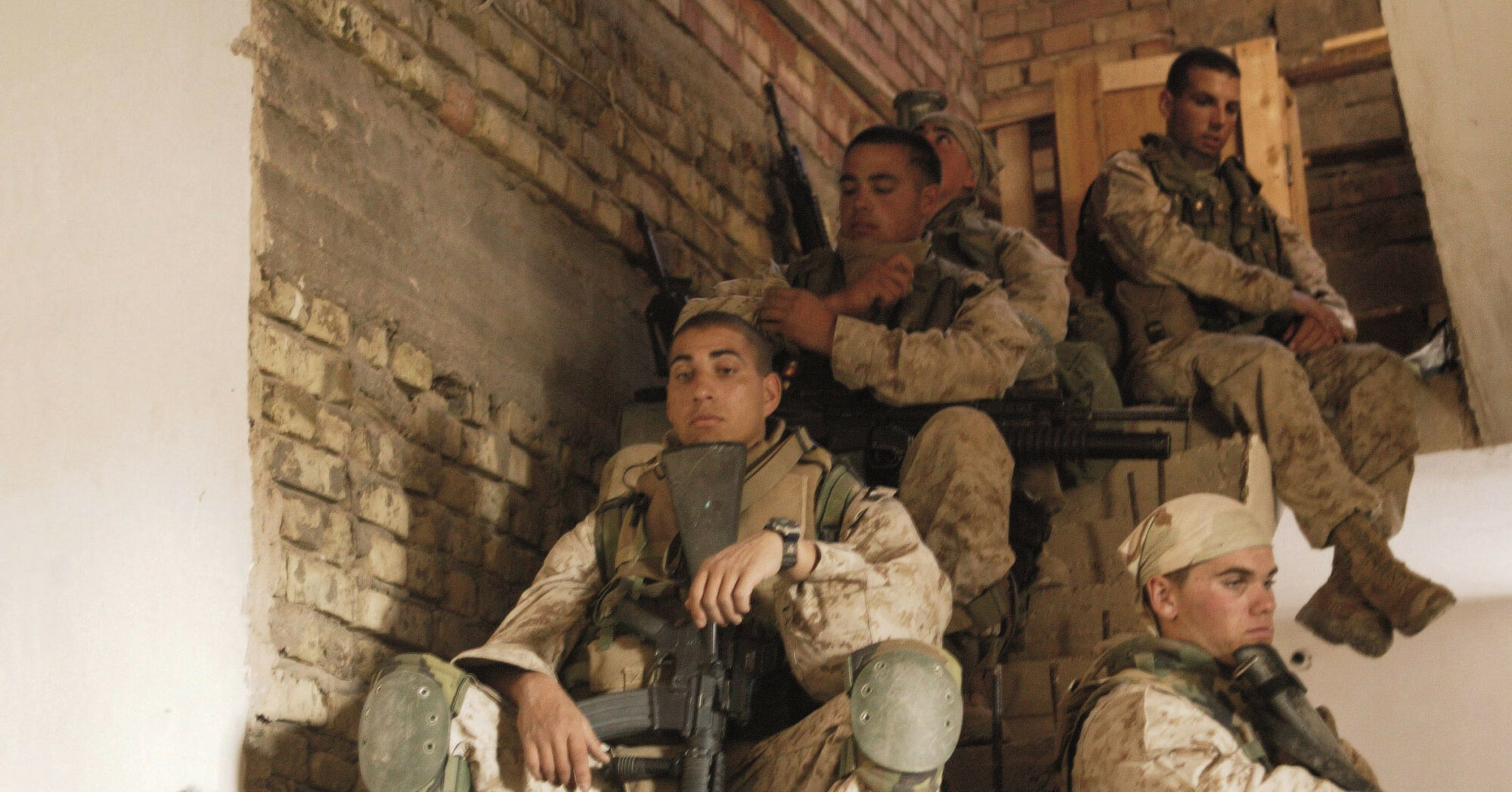

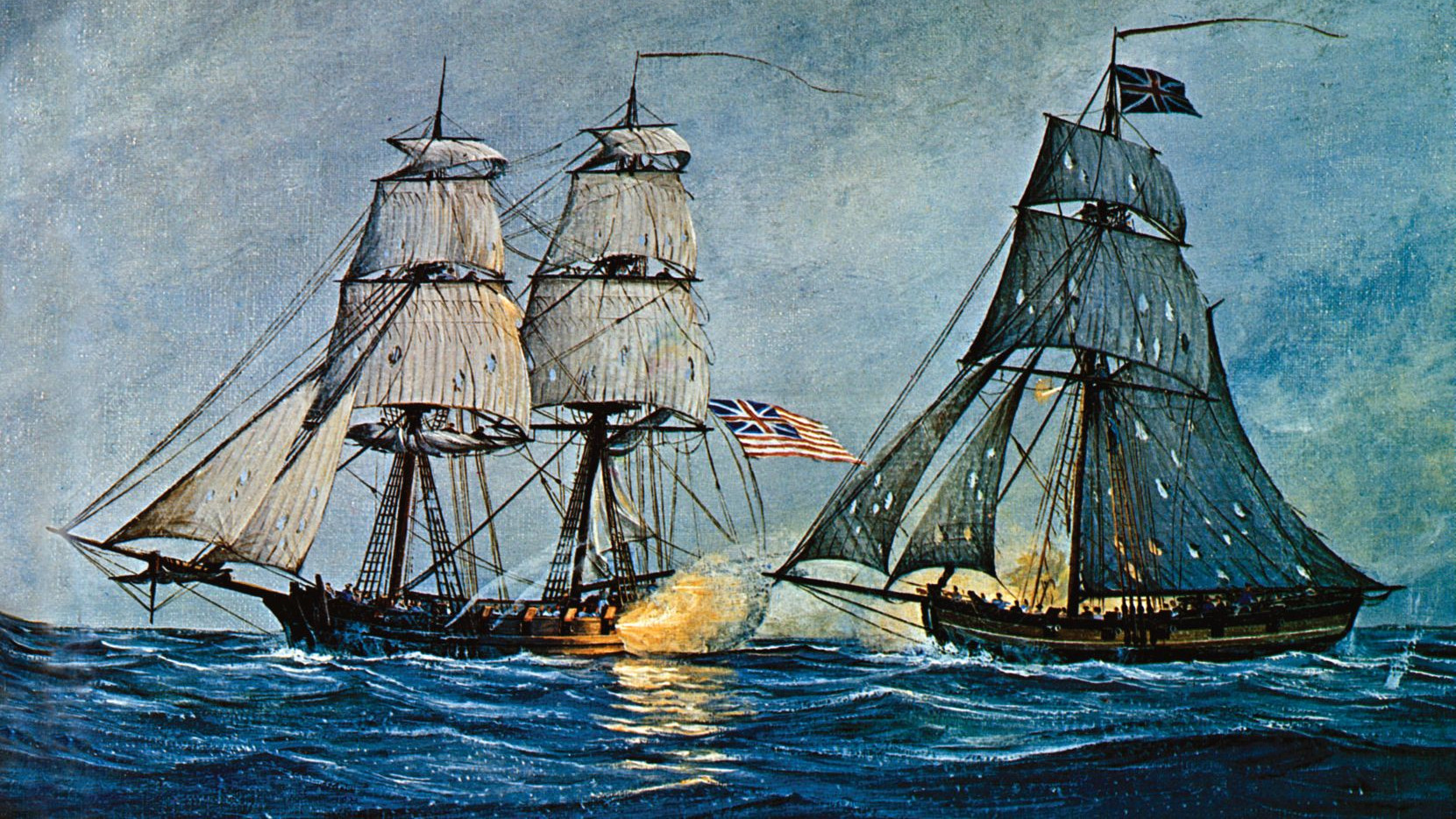
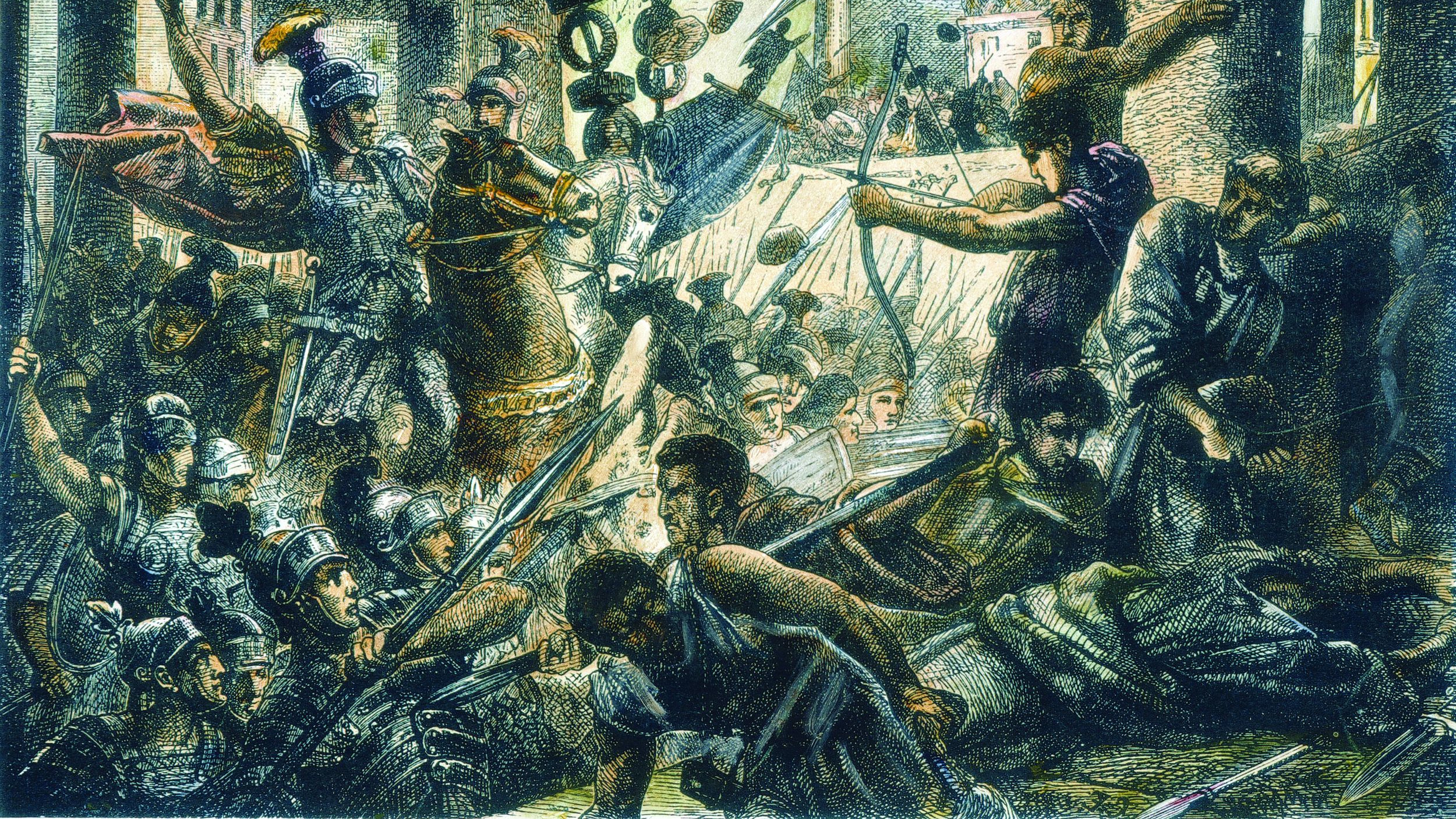
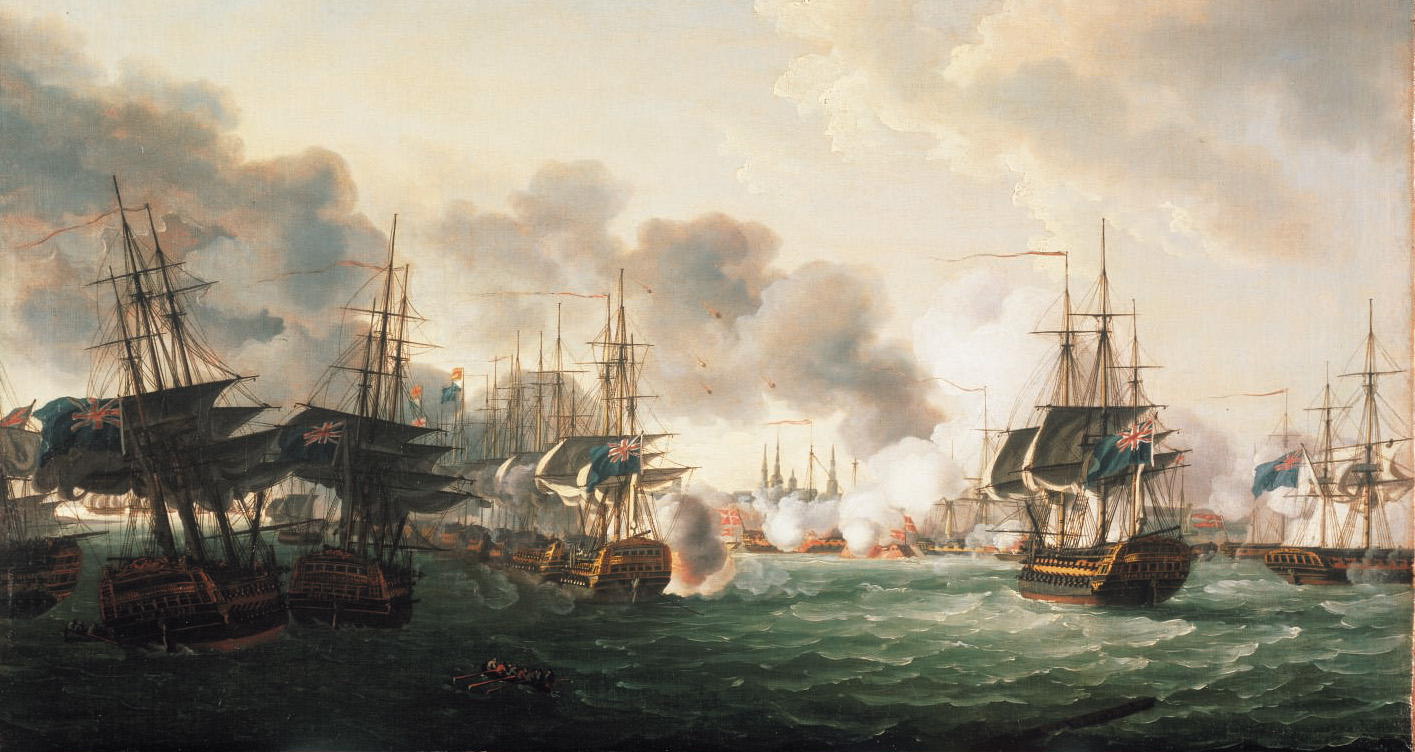

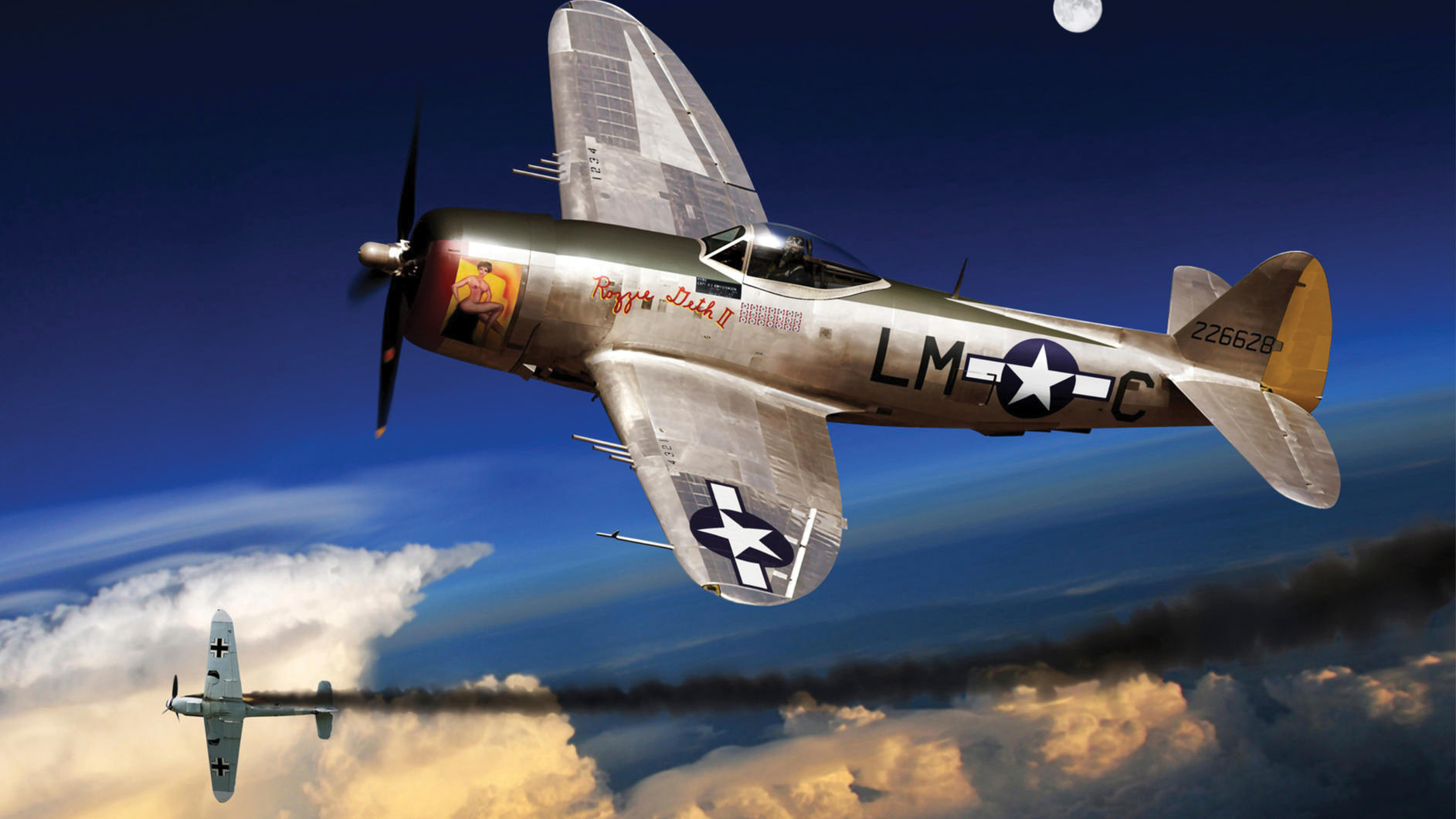
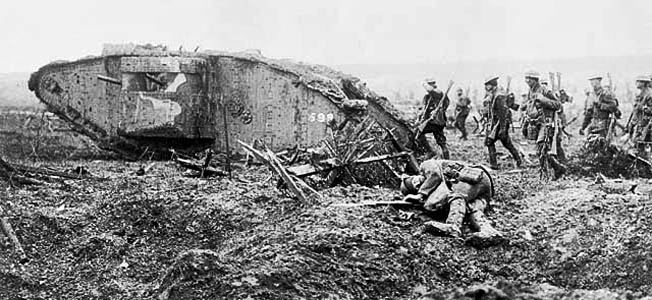
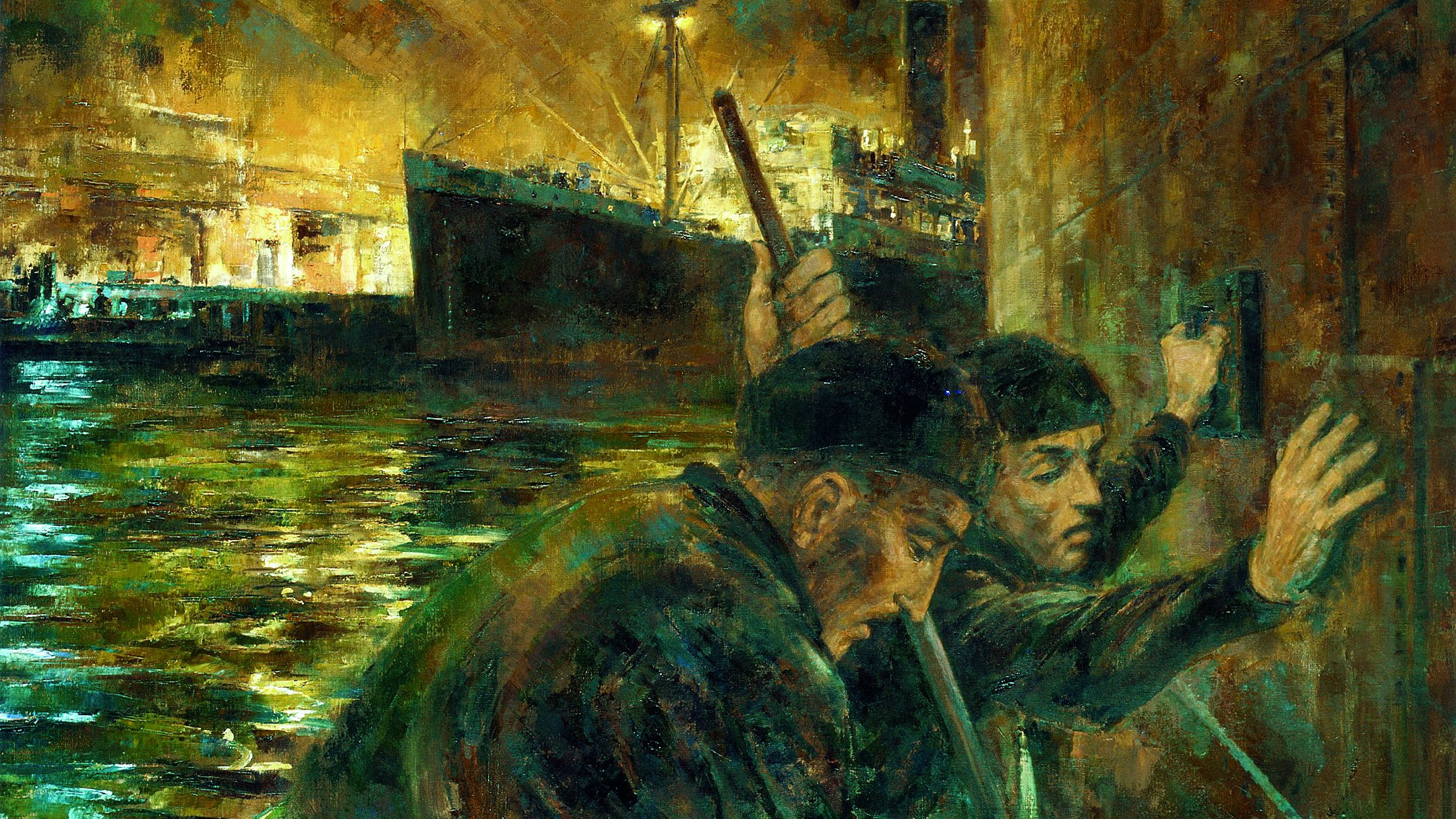
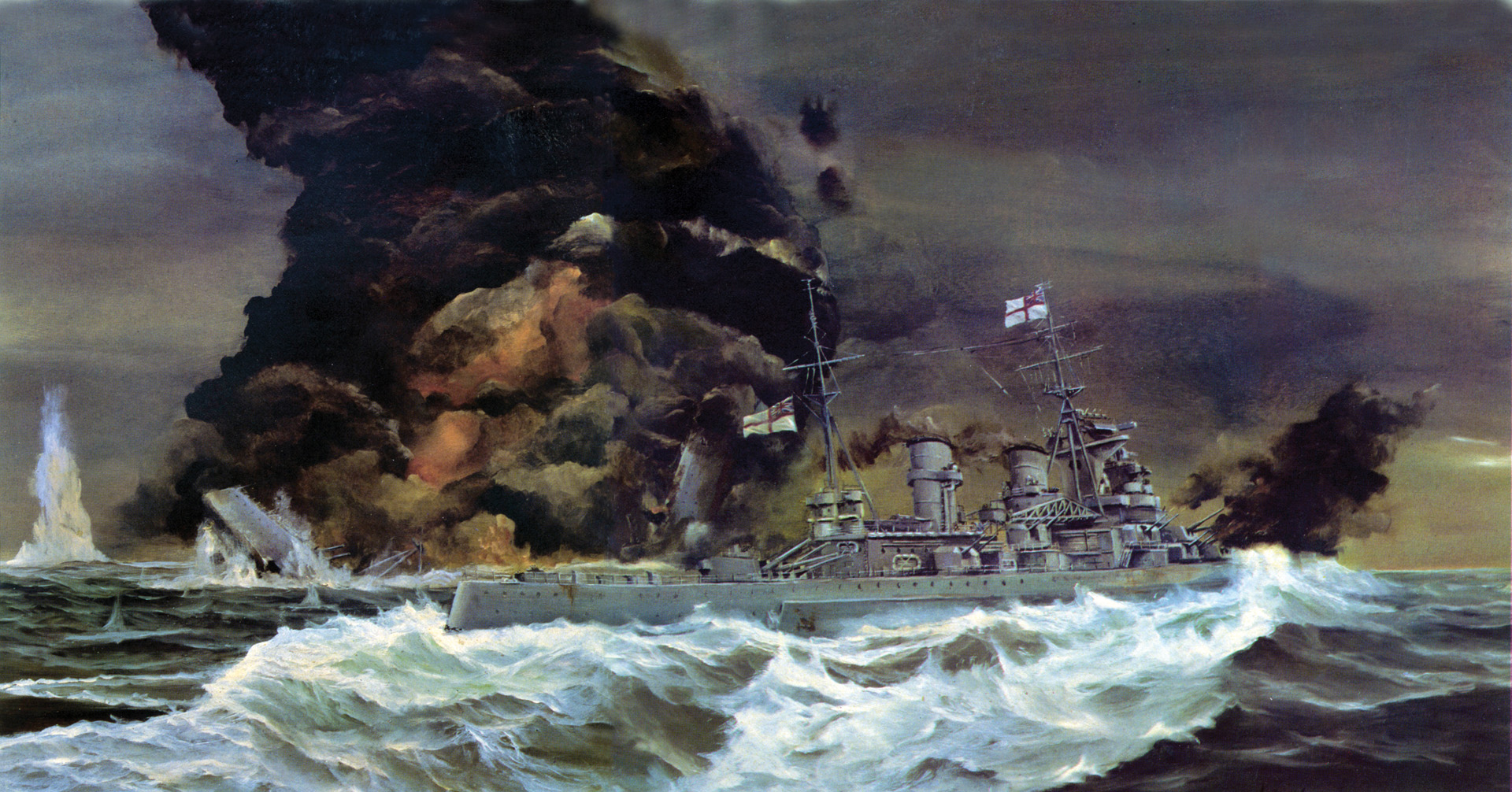
Join The Conversation
Comments
View All Comments